Home>Garden Essentials>When To Plant Magnolia Seeds
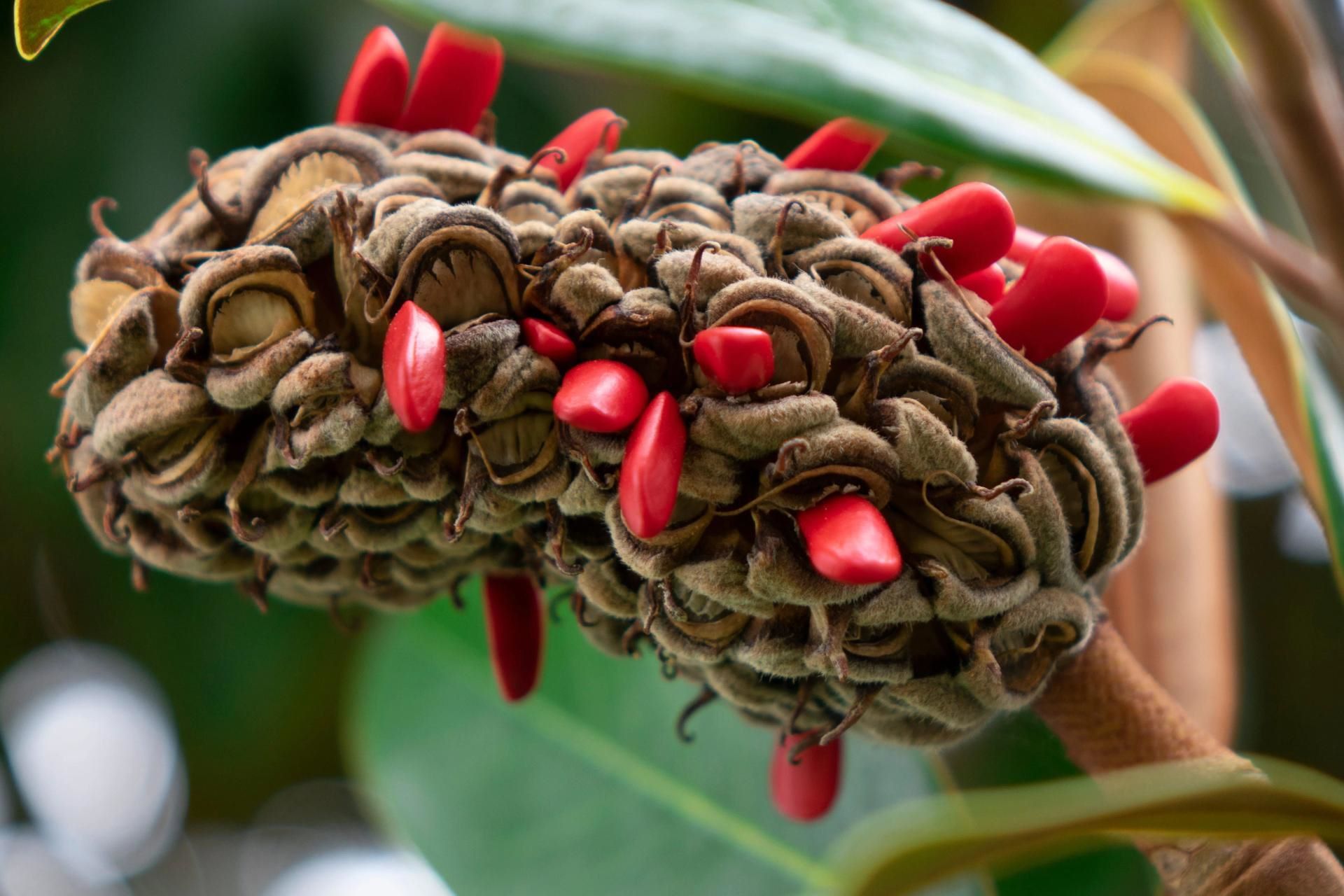

Garden Essentials
When To Plant Magnolia Seeds
Modified: May 6, 2024
Looking to plant Magnolia seeds in your garden? Learn when is the best time to plant and grow these beautiful and fragrant flowers for a stunning garden display.
(Many of the links in this article redirect to a specific reviewed product. Your purchase of these products through affiliate links helps to generate commission for Storables.com, at no extra cost. Learn more)
Introduction
When it comes to adding beauty and elegance to your garden, few plants can rival the magnolia. Known for their stunning flowers and glossy green leaves, magnolias are a beloved fixture in many landscapes. While many gardeners choose to purchase young magnolia plants from nurseries, you can also grow these majestic trees from seeds. Planting magnolia seeds allows you to witness the entire growth cycle of this remarkable plant, from germination to maturity.
However, successfully growing magnolias from seeds requires careful planning, timing, and proper care. Understanding the factors that affect magnolia seed planting, as well as knowing the best time to plant, can greatly increase your chances of success. In this article, we will explore the process of planting magnolia seeds, from preparation to caring for the seedlings. So let’s dig in and unlock the secrets of growing magnolias from seeds!
Key Takeaways:
- Plant magnolia seeds in late fall or early winter to mimic natural conditions and increase germination success. Consider factors like temperature, moisture, and soil type for optimal growth.
- Prepare magnolia seeds by scarifying, soaking, and potentially stratifying them before planting. Provide proper care, including watering, mulching, and protection from pests, to ensure healthy seedling growth.
Read more: How To Plant A Magnolia Tree From Seed Pod
Factors Affecting Magnolia Seed Planting
Before diving into the process of planting magnolia seeds, it’s important to consider some key factors that can affect their success. By understanding these factors and making the necessary adjustments, you can create the optimal conditions for your magnolia seeds to germinate and thrive.
1. Temperature: Magnolias are generally hardy in USDA zones 5 to 9, but the specific temperature requirements can vary among different magnolia species. Most magnolias prefer temperatures between 65°F (18°C) and 85°F (29°C) for seed germination. It’s crucial to match the temperature requirements of your chosen magnolia species with the climate of your region.
2. Moisture: Adequate moisture is essential for seed germination. Magnolia seeds require consistent moisture throughout the germination process. However, excessive water can lead to rotting. Strike a balance by keeping the soil moist but not waterlogged. A well-draining soil mix can help prevent waterlogged conditions.
3. Light: While some seeds require darkness to germinate, magnolia seeds are an exception. These seeds need exposure to light to trigger germination. It’s recommended to plant the seeds at a shallow depth, just below the soil surface, to ensure they receive the necessary light for germination.
4. Soil Type: Magnolias thrive in well-draining soil that is rich in organic matter. A loamy or sandy soil with good drainage is ideal for magnolia seed planting. If your soil is heavy or clay-like, consider amending it with compost or well-rotted organic matter to improve its drainage and fertility.
5. Stratification: Some magnolia seeds may benefit from a process called stratification, which mimics the natural cold period that initiates germination. This can be achieved by placing the seeds in a sealed plastic bag with a moist medium such as peat moss or vermiculite and refrigerating them for a few weeks before planting.
By paying attention to these factors, you can create the optimal conditions for magnolia seed planting. Understanding the specific needs of your chosen magnolia species will greatly increase your chances of successfully growing magnolias from seeds.
Best Time to Plant Magnolia Seeds
The timing of planting magnolia seeds is crucial for their successful germination and growth. While the specific timing may vary depending on the magnolia species and your region’s climate, there are some general guidelines to follow.
The best time to plant magnolia seeds is typically in the late fall or early winter. Planting during this period allows the seeds to undergo a natural stratification process, where they experience a period of cold temperatures that helps break dormancy and promote germination. This mimics the natural conditions that magnolias would experience in their native habitats.
In colder regions, it’s important to plant the magnolia seeds early enough so that they have sufficient time to undergo stratification before the arrival of freezing temperatures. This usually means planting them around October or November. If you live in a warmer climate, you can plant the seeds in early winter when temperatures are cooler.
It’s worth noting that not all magnolia seeds require stratification. Some varieties, such as southern magnolias (Magnolia grandiflora), may not need this cold treatment. However, it’s still advisable to plant these seeds in late fall or early winter when temperatures are cooler.
Regardless of the specific timing, it’s important to monitor the weather conditions in your region. Avoid planting the seeds during periods of extreme heat or drought, as this can hinder germination and plant growth. Aim for a time when the soil is still workable, but temperatures are cooler and more conducive to seed germination.
By planting magnolia seeds during the optimal time, you can take advantage of natural processes like stratification and create the best conditions for successful seed germination. Patience is key, as it may take several weeks or even months for the seeds to sprout. But with the right timing and proper care, you will be rewarded with healthy magnolia seedlings.
Preparing Magnolia Seeds for Planting
Properly preparing magnolia seeds before planting is crucial for maximizing their germination success. Taking the time to prepare the seeds will help break dormancy, increase their viability, and set them up for healthy growth. Here are some steps to follow when preparing magnolia seeds for planting:
1. Collecting the seeds: Harvest magnolia seeds from mature, healthy trees in the late summer or early fall. Look for seed pods that have turned brown or are starting to crack open. Gently remove the pods from the tree and collect the seeds. Clean the seeds by removing any debris or pulp.
2. Scarification: Magnolia seeds have a hard outer coating that can hinder germination. To improve the chances of germination, you can scarify the seeds. This process involves nicking or lightly scratching the seed coat to break the dormancy and allow water to penetrate. Use a small file or sandpaper to gently scar the surface of the seeds.
3. Soaking the seeds: After scarification, lightly soak the seeds in lukewarm water for 24 hours. This helps to further soften the seed coat and stimulate germination. Discard any seeds that float, as they may not be viable.
4. Optional stratification: As mentioned earlier, some magnolia seeds may benefit from stratification, especially those from colder climates. If you choose to stratify the seeds, place them in a sealed plastic bag with a moist medium like peat moss or vermiculite. Keep them in the refrigerator for 4-6 weeks. Check the moisture levels regularly to prevent the seeds from drying out or becoming too wet.
5. Preparing the planting medium: While the seeds are undergoing scarification or stratification, prepare the planting medium. Use a well-draining potting mix that is rich in organic matter. Avoid using heavy soils or those with poor drainage, as they can lead to root rot. Moistening the planting medium slightly before sowing the seeds can help maintain the right moisture levels.
By following these preparatory steps, you can increase the chances of successful germination and healthy growth for your magnolia seeds. Remember to handle the seeds with care and provide them with the optimal conditions for growth.
Plant magnolia seeds in the fall, as they need a period of cold stratification to germinate. Choose a well-draining, acidic soil and plant the seeds 1-2 inches deep. Keep the soil consistently moist and wait for the seeds to sprout in the spring.
Selecting the Planting Location
Choosing the right planting location is crucial for the long-term health and success of your magnolia seedlings. The ideal planting location provides the right amount of sunlight, proper soil conditions, and adequate space for the magnolia tree to grow and thrive. Here are some factors to consider when selecting the planting location for your magnolia seedlings:
1. Sunlight: Most magnolias thrive in full sun to partial shade. Ensure that the planting location receives at least 6 hours of direct sunlight per day. However, some magnolia species, like the Star Magnolia (Magnolia stellata), can tolerate more shade. Consider the specific light requirements of your magnolia species and choose a location that meets those needs.
2. Soil type and drainage: Magnolias prefer well-draining soil that is rich in organic matter. Avoid planting in heavy clay soils that tend to retain water, as excessive moisture can lead to root rot. If you have heavy soil, consider improving its drainage by incorporating compost or creating raised beds before planting.
3. pH level: Magnolias generally prefer slightly acidic to neutral soil with a pH range between 5.5 and 7.0. Conduct a soil test to determine the pH level of your chosen planting location. If the soil is too alkaline, you may need to amend it with organic matter or sulfur to lower the pH and make it more suitable for magnolias.
4. Space: Consider the mature size of the magnolia tree when selecting the planting location. Magnolias can vary in size, from compact shrubs to large trees. Ensure that there is enough space for the tree to spread its canopy and grow without being crowded by other plants or structures.
5. Protection from extreme weather conditions: Choose a location that offers some protection from strong winds and frost. While magnolias are generally hardy, their delicate flowers can be susceptible to damage from severe winds or frost. Planting near a structure or other trees can provide some natural windbreak and help protect the magnolia tree.
6. Aesthetics: Consider the overall aesthetics of your garden when choosing the planting location. Magnolias are prized for their beautiful flowers, so placing them in a prominent or focal area of your landscape can enhance the visual appeal of your garden.
By considering these factors and selecting the right planting location, you can provide the optimal conditions for your magnolia seedlings to thrive and grow into beautiful, majestic trees.
Read more: When To Plant Vinca Seeds
Planting Magnolia Seeds
Now that you have prepared your magnolia seeds and selected the perfect planting location, it’s time to get your hands dirty and plant the seeds. Follow these steps to ensure proper planting and give your magnolia seeds the best chance of germination and growth:
1. Digging the hole: Start by digging a hole in the planting location. The hole should be just deep enough to accommodate the size of your magnolia seed. A depth of about 1 to 2 inches (2.5 to 5 cm) is usually sufficient.
2. Planting the seed: Place the magnolia seed in the hole with the scarified side facing down. Gently cover the seed with soil, ensuring that it is at the correct depth. Press the soil down lightly to secure the seed in place.
3. Moistening the soil: After planting the seed, moisten the soil around it. Use a watering can or a gentle spray from a hose to wet the soil without causing waterlogging. Ensure that the soil stays consistently moist throughout the germination process.
4. Marking the spot: To keep track of where you have planted your magnolia seeds, consider placing a small garden marker or stake near each seed. This will help you remember their location and prevent accidental disturbance while gardening.
5. Providing shade and protection: Newly planted magnolia seeds may benefit from some shade and protection during their early stages of growth. You can use a makeshift shade cloth or place them under a tree canopy to shield them from direct sunlight and extreme weather conditions.
6. Patience and observation: Germination can take several weeks or even months for magnolia seeds, so be patient. Monitor the soil moisture regularly and provide additional water if needed. Keep an eye out for signs of seedlings emerging from the soil, such as tiny green shoots.
Remember that not all magnolia seeds will germinate, and it may take some time for successful germination to occur. Be persistent, and continue to care for the planted seeds until you see signs of growth.
By following these planting steps and providing the necessary care and attention, you will increase the chances of successful magnolia seed germination and the growth of healthy magnolia seedlings.
Caring for Magnolia Seedlings
Once your magnolia seeds have germinated and sprouted into tiny seedlings, it’s important to provide them with proper care to ensure their healthy growth and development. Here are some essential tips for caring for magnolia seedlings:
1. Watering: Consistent and adequate watering is crucial for the well-being of magnolia seedlings. Keep the soil evenly moist, but not waterlogged. Check the moisture level regularly and adjust watering accordingly, especially during dry periods. Be careful not to overwater, as excessive moisture can lead to root rot. Aim to keep the soil consistently moist but not soggy.
2. Mulching: Mulching around the base of the magnolia seedlings can help conserve moisture, suppress weed growth, and regulate soil temperature. Apply a layer of organic mulch, such as wood chips or shredded bark, around the base of the seedlings, leaving a small space around the stem to prevent rotting.
3. Fertilizing: Magnolia seedlings benefit from a balanced slow-release fertilizer formulated for trees and shrubs. Apply a controlled-release or granular fertilizer in early spring or follow the package instructions. Avoid excessive use of nitrogen-based fertilizers, as they can lead to excessive foliage growth at the expense of flower production.
4. Pruning: During the first year of growth, pruning should be minimal. Remove any dead or damaged branches to maintain the health of the seedling. Once the seedling has established itself and grown to a more substantial size, you can start shaping and pruning the tree to maintain its desired form and structure.
5. Protecting from pests: Keep an eye out for common pests that can affect magnolias, such as scale insects, aphids, and caterpillars. If detected, treat the infestation promptly using insecticidal soaps or organic pest control methods. Regularly inspect the seedlings for any signs of pests or diseases and take appropriate action if necessary.
6. Winter protection: Young magnolia seedlings may require protection during harsh winter conditions. Consider wrapping the seedlings with burlap or providing a windbreak to shield them from strong winds and extreme cold temperatures. Applying a layer of mulch around the base can also help insulate the roots from freezing temperatures.
7. Monitoring growth and health: Regularly monitor the growth and overall health of your magnolia seedlings. Look for signs of nutrient deficiencies, disease, or stunted growth. Promptly address any issues that arise by adjusting watering, applying appropriate fertilizers, or seeking advice from a professional if needed.
By providing proper care, your magnolia seedlings will gradually grow into beautiful, mature trees that will grace your garden with their captivating blooms. Stay attentive to their needs and enjoy the rewarding journey of watching them flourish.
Conclusion
Growing magnolias from seeds can be a rewarding and fulfilling experience. By understanding the factors that affect magnolia seed planting and following the proper steps, you can successfully germinate and grow magnificent magnolia trees in your garden.
From collecting and preparing the seeds to selecting the ideal planting location, each step is crucial to the overall success of your magnolia seedlings. Taking into consideration factors such as temperature, moisture, light, soil type, and the potential need for stratification will greatly improve your chances of success.
Timing is key when it comes to planting magnolia seeds, with late fall or early winter being the optimal time. This allows the seeds to undergo natural stratification, mimicking the conditions they would experience in nature.
Proper preparation of the magnolia seeds, such as scarification and soaking, helps break dormancy and increases their viability. Placing them in well-draining soil, providing the right amount of sunlight and moisture, and protecting them from extreme conditions are all essential for the healthy growth of magnolia seedlings.
As the seedlings develop, careful watering, mulching, and occasional fertilization will support their growth and vigor. Regular monitoring for pests, diseases, and nutrient deficiencies will allow you to address any issues quickly and maintain the health of your magnolia trees.
Remember, growing magnolias from seeds requires patience and dedication. It may take time for the seeds to germinate and for the seedlings to establish themselves. But with proper care and nurturing, you will be rewarded with the beauty and grace of mature magnolia trees in your garden.
So go ahead and embark on this delightful gardening journey, and enjoy the process of witnessing the growth and blossoming of your very own magnolia trees from seeds.
Ready to spruce up your garden even more? After mastering magnolia seed planting, why not consider fresh ideas for garden boundaries? Our next article offers creative and stylish solutions to enhance your gardening space. Discover designs that blend beauty with functionality, perfect for any gardener looking to add a personal touch or increase privacy. Don't miss out on these innovative garden fence ideas!
Frequently Asked Questions about When To Plant Magnolia Seeds
Was this page helpful?
At Storables.com, we guarantee accurate and reliable information. Our content, validated by Expert Board Contributors, is crafted following stringent Editorial Policies. We're committed to providing you with well-researched, expert-backed insights for all your informational needs.
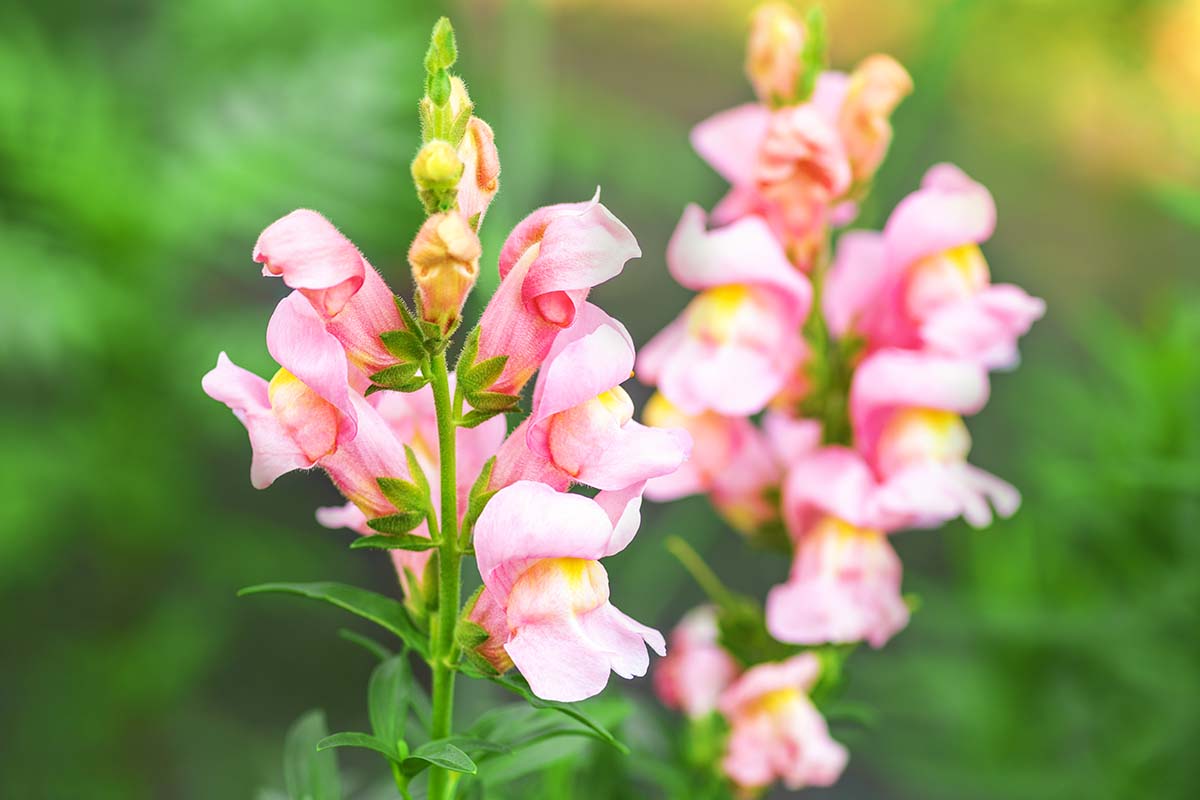
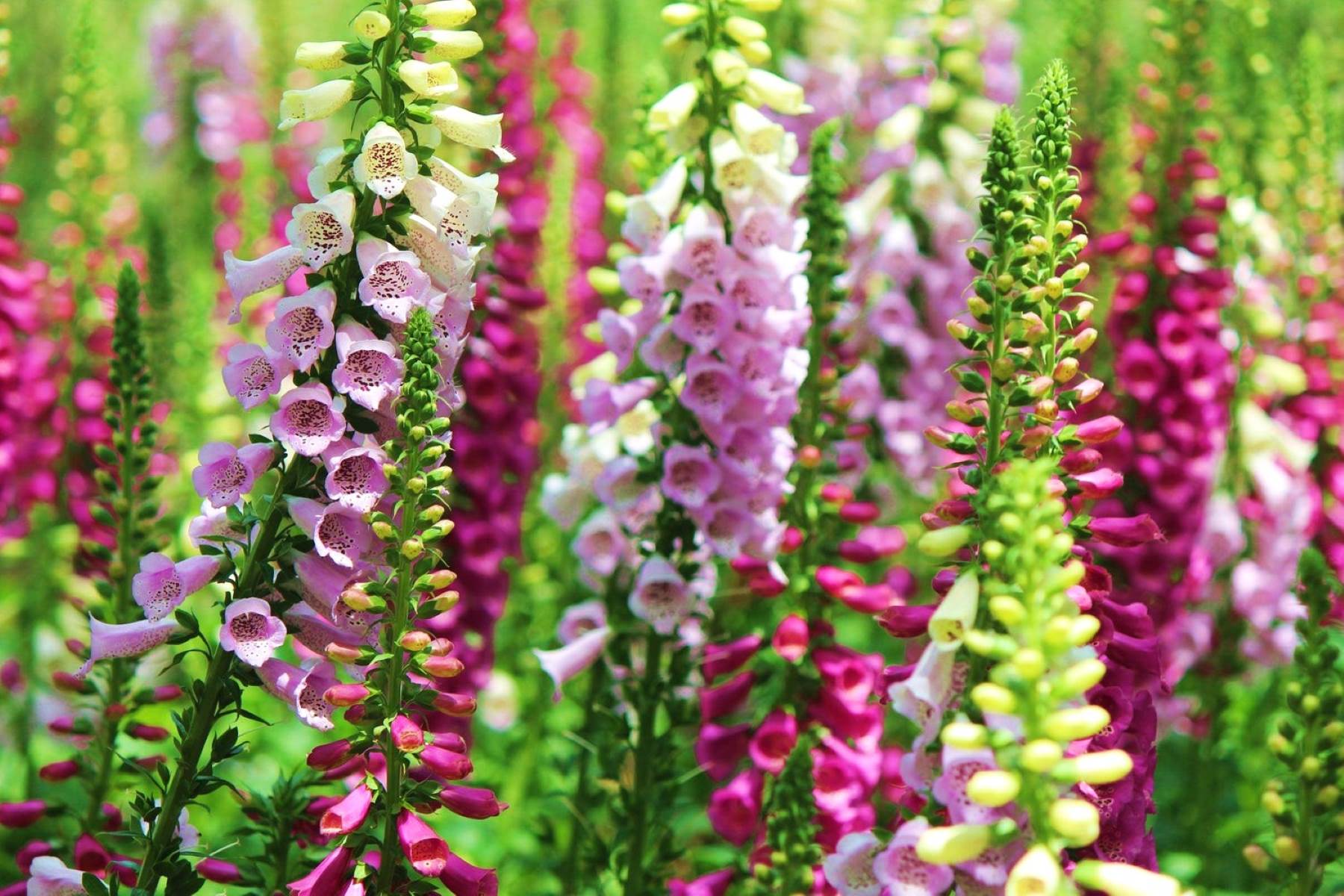
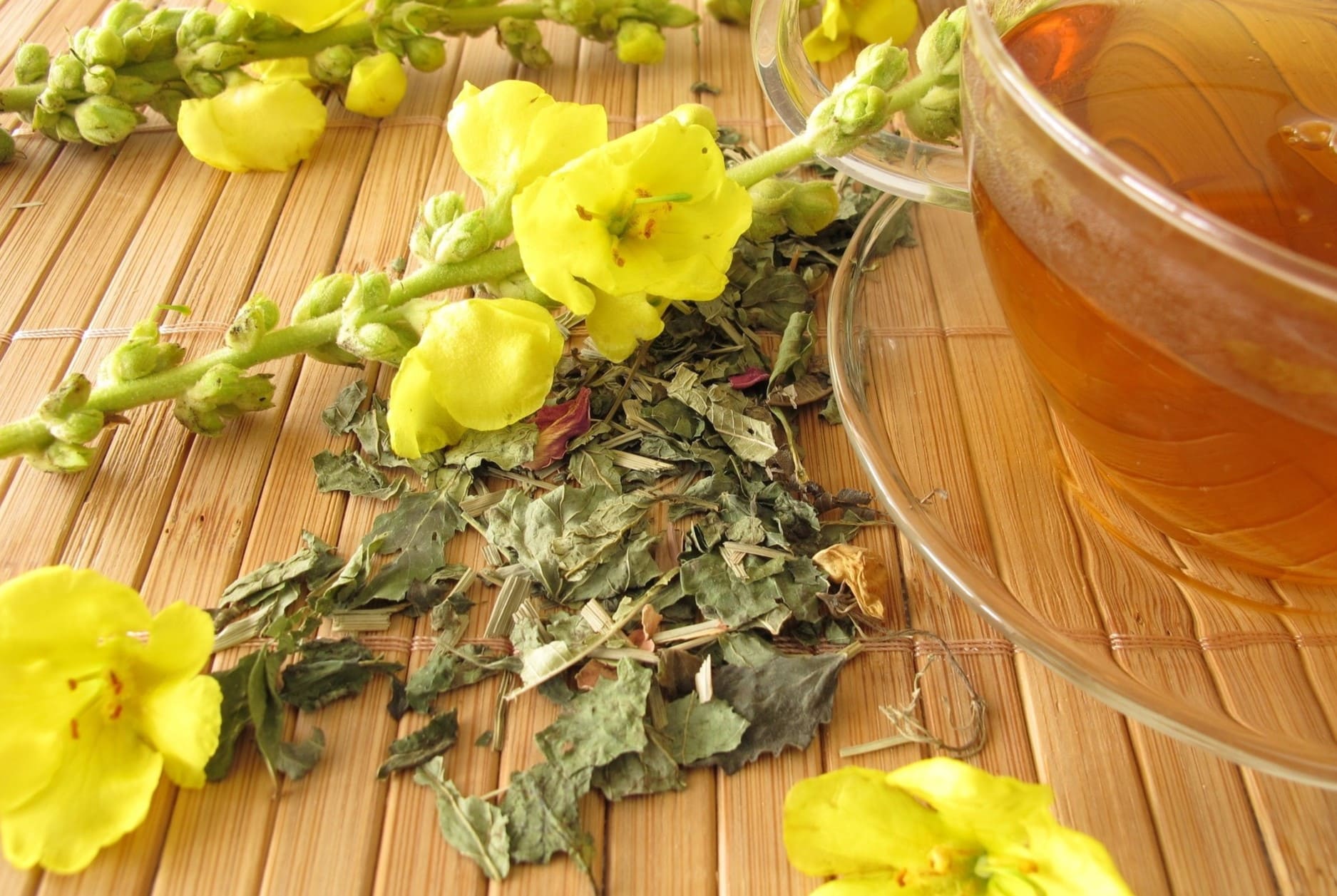
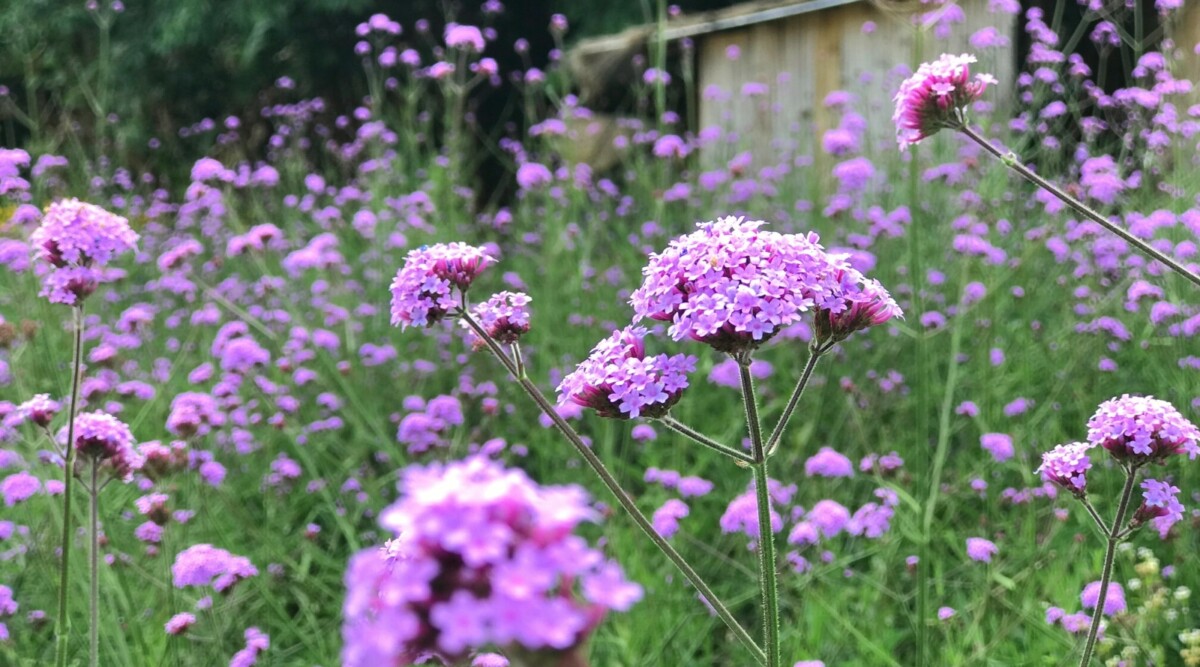
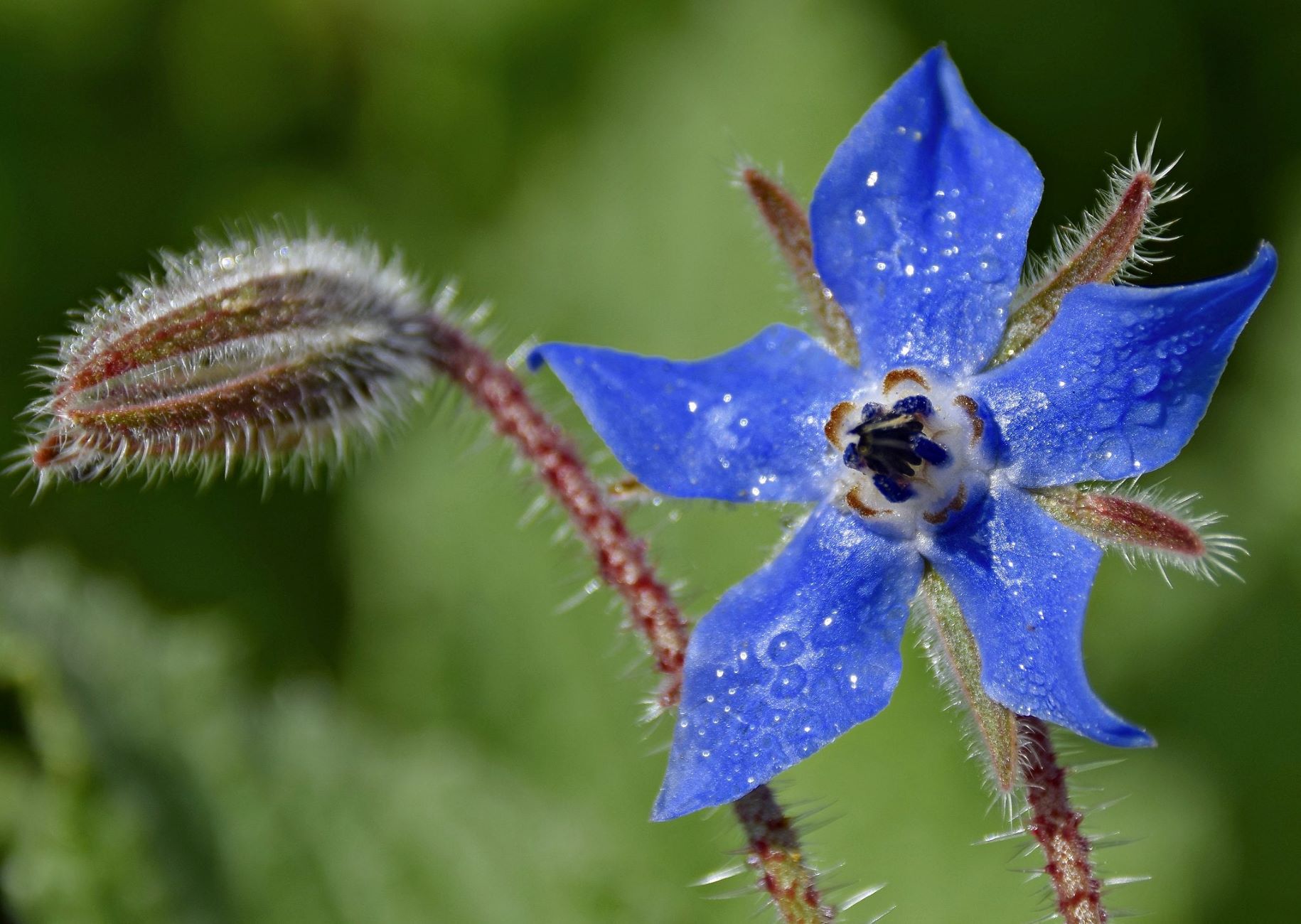
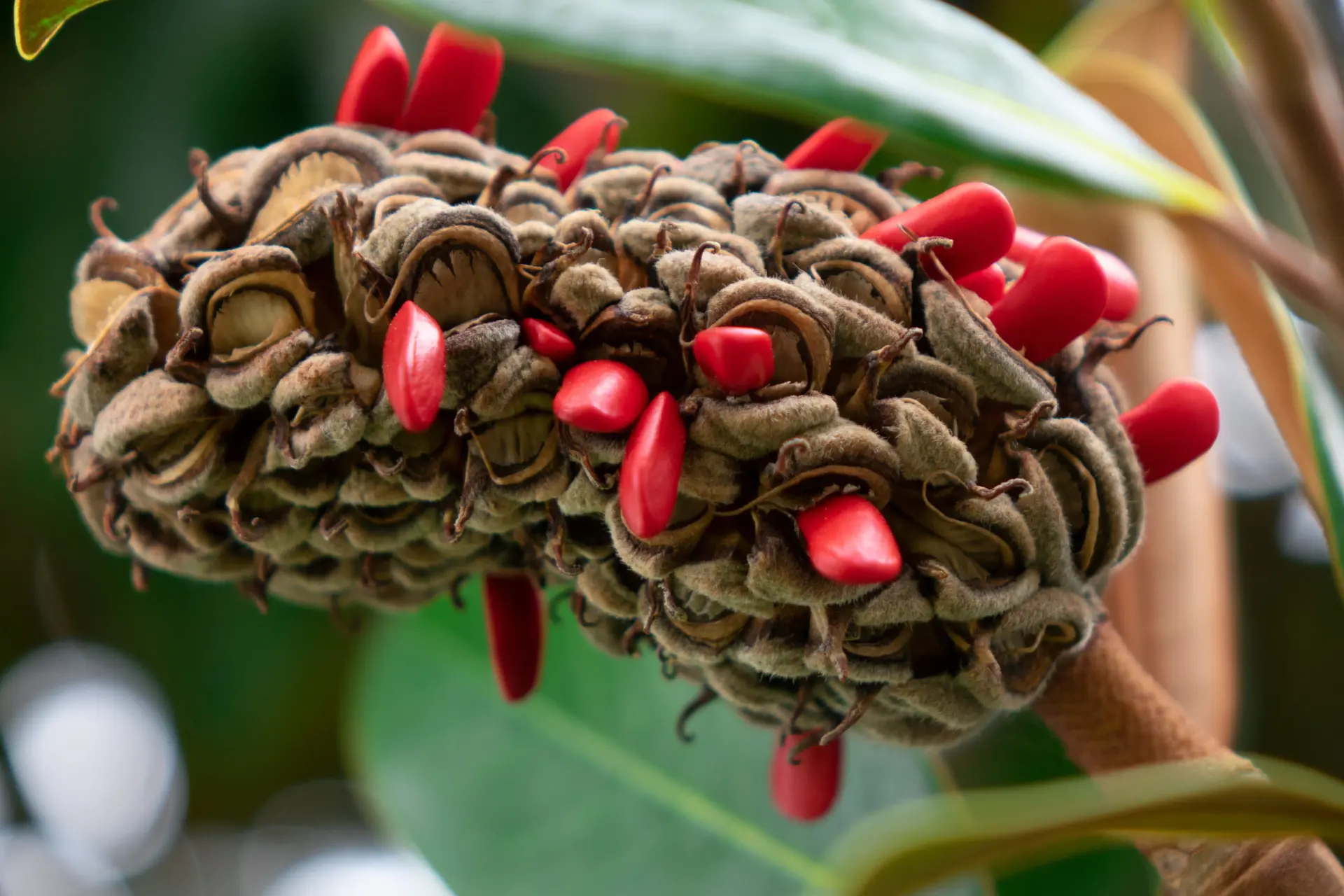
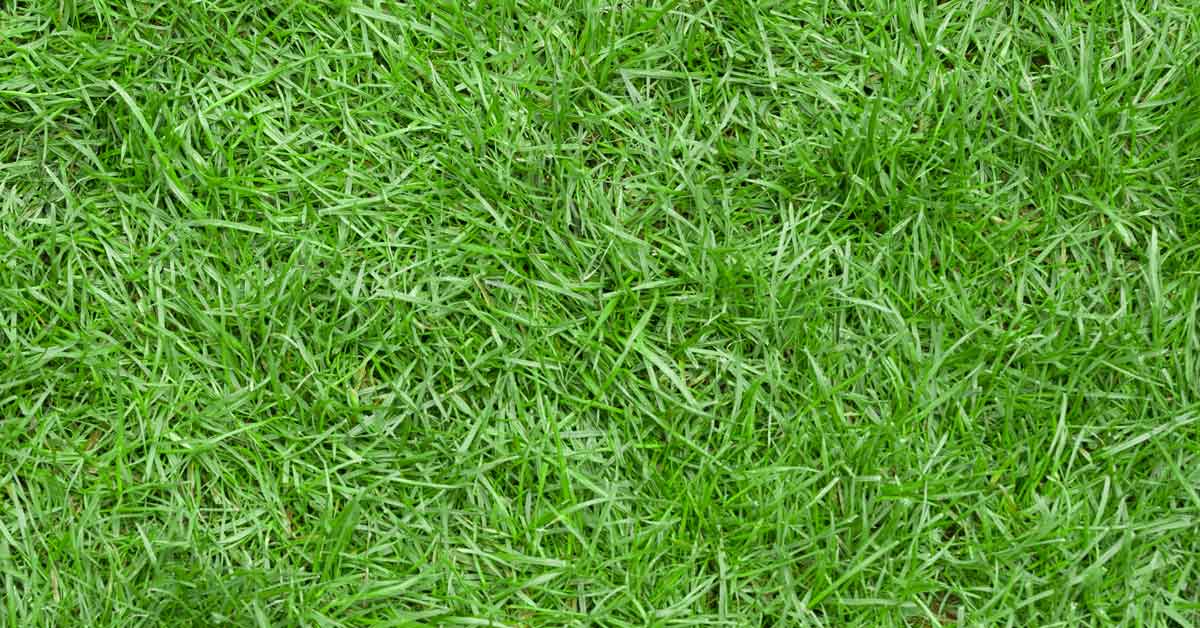
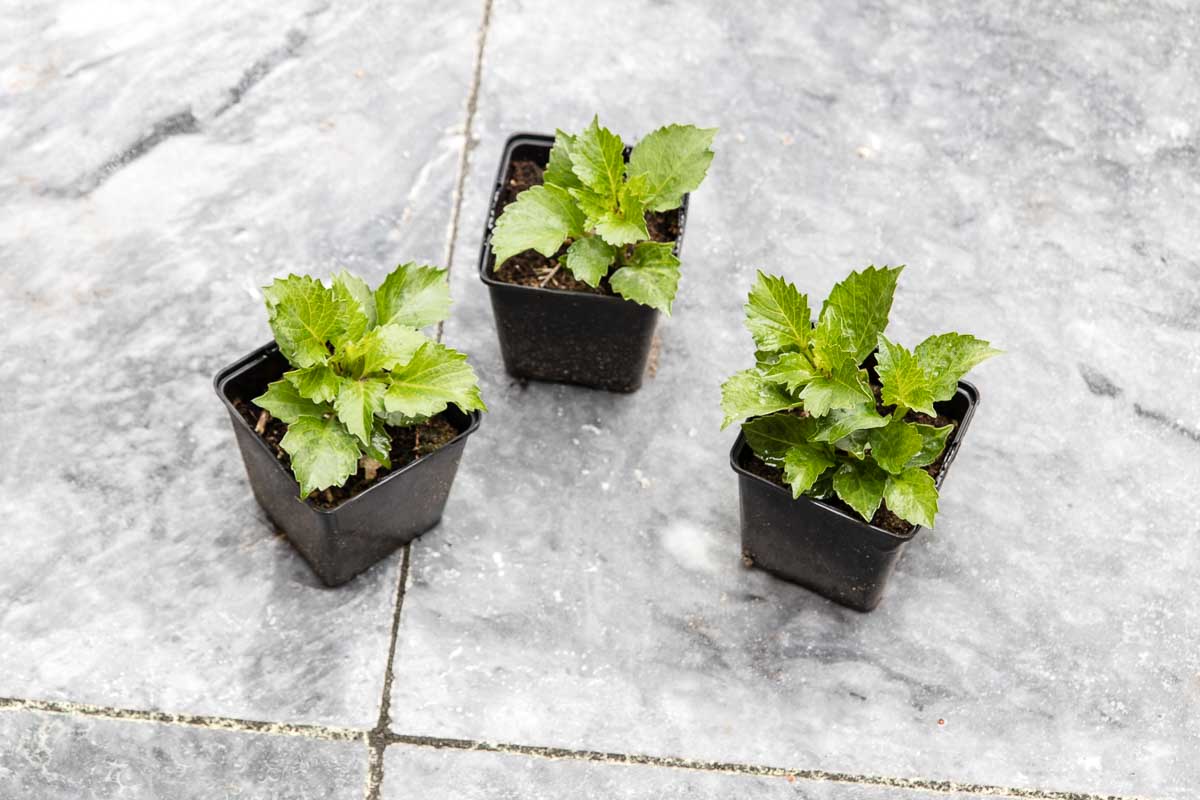
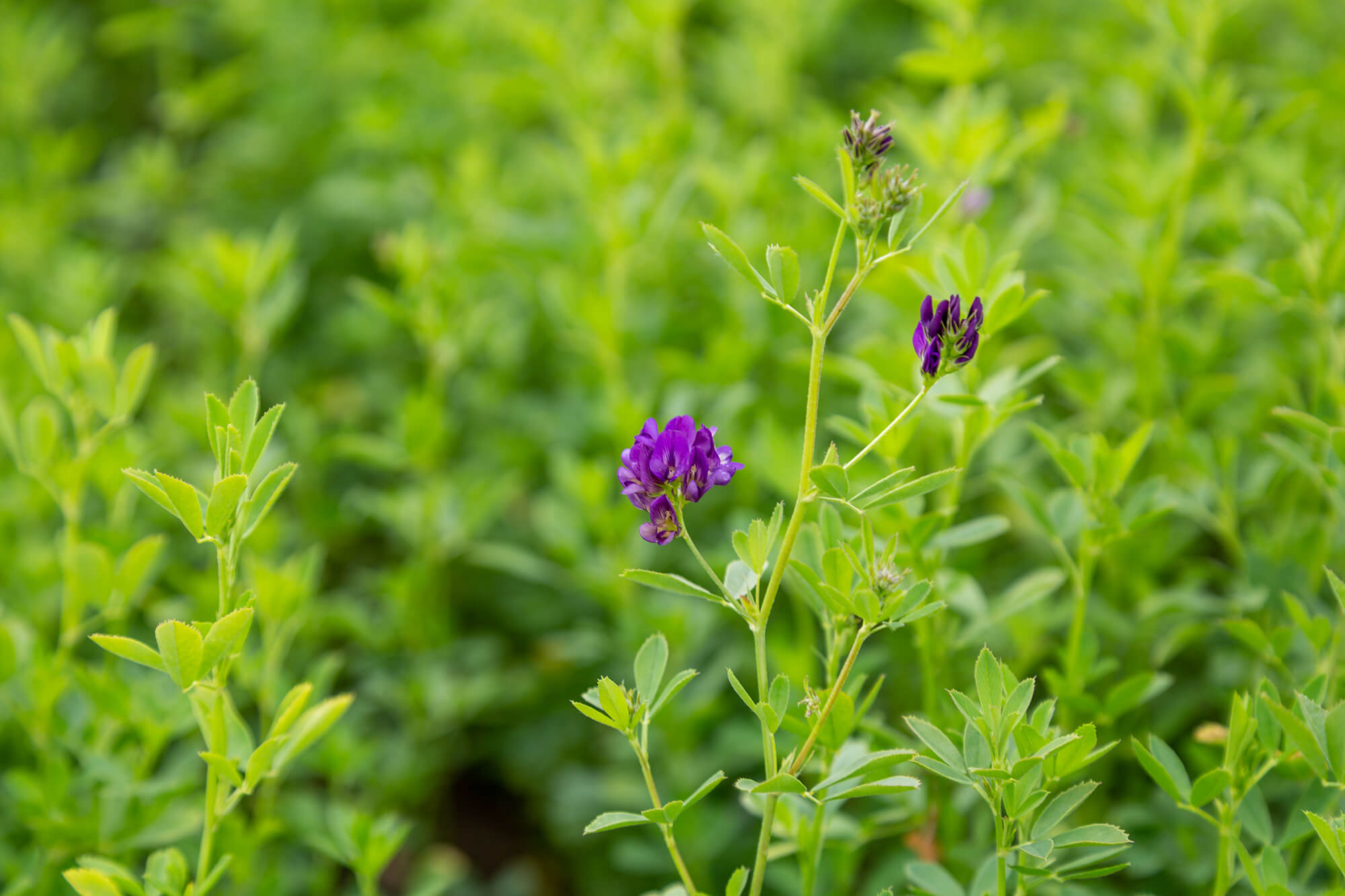
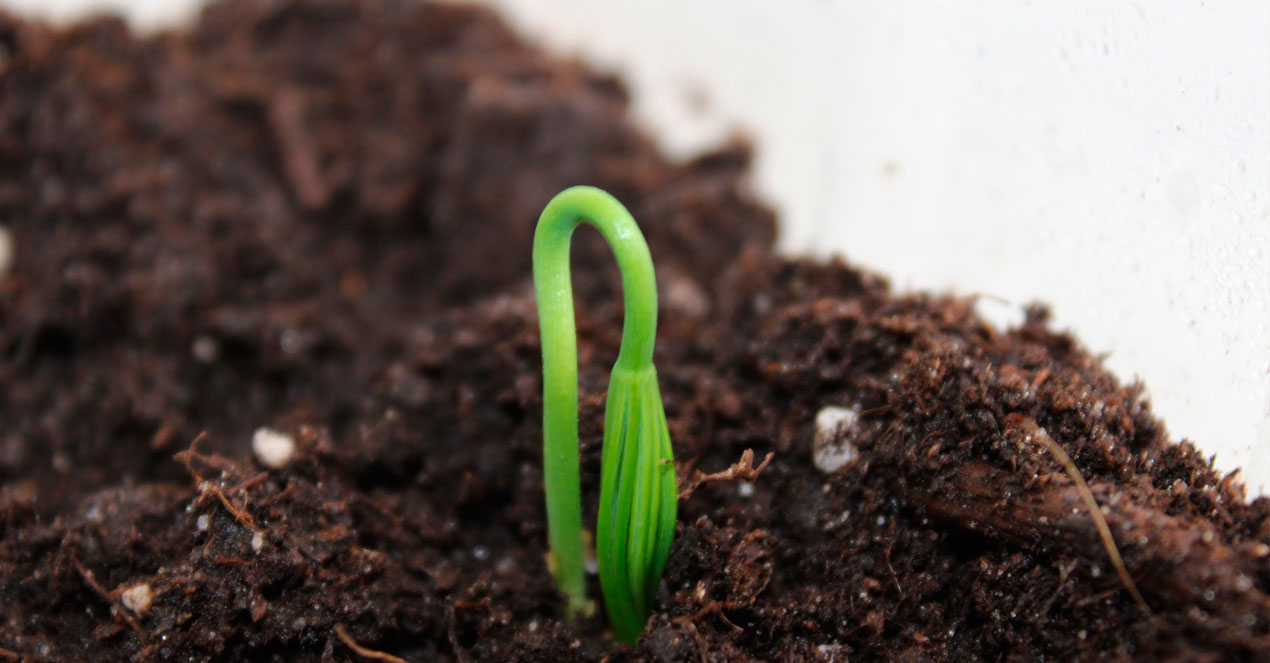
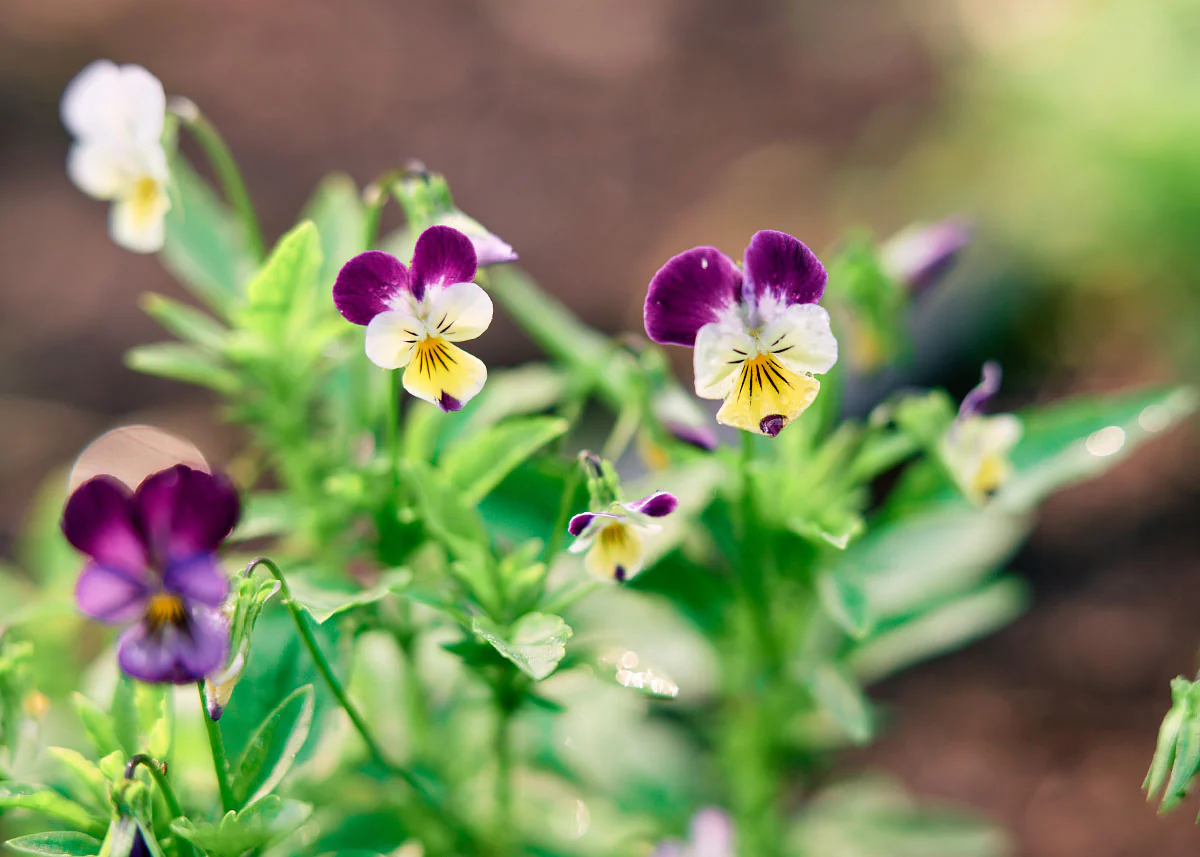

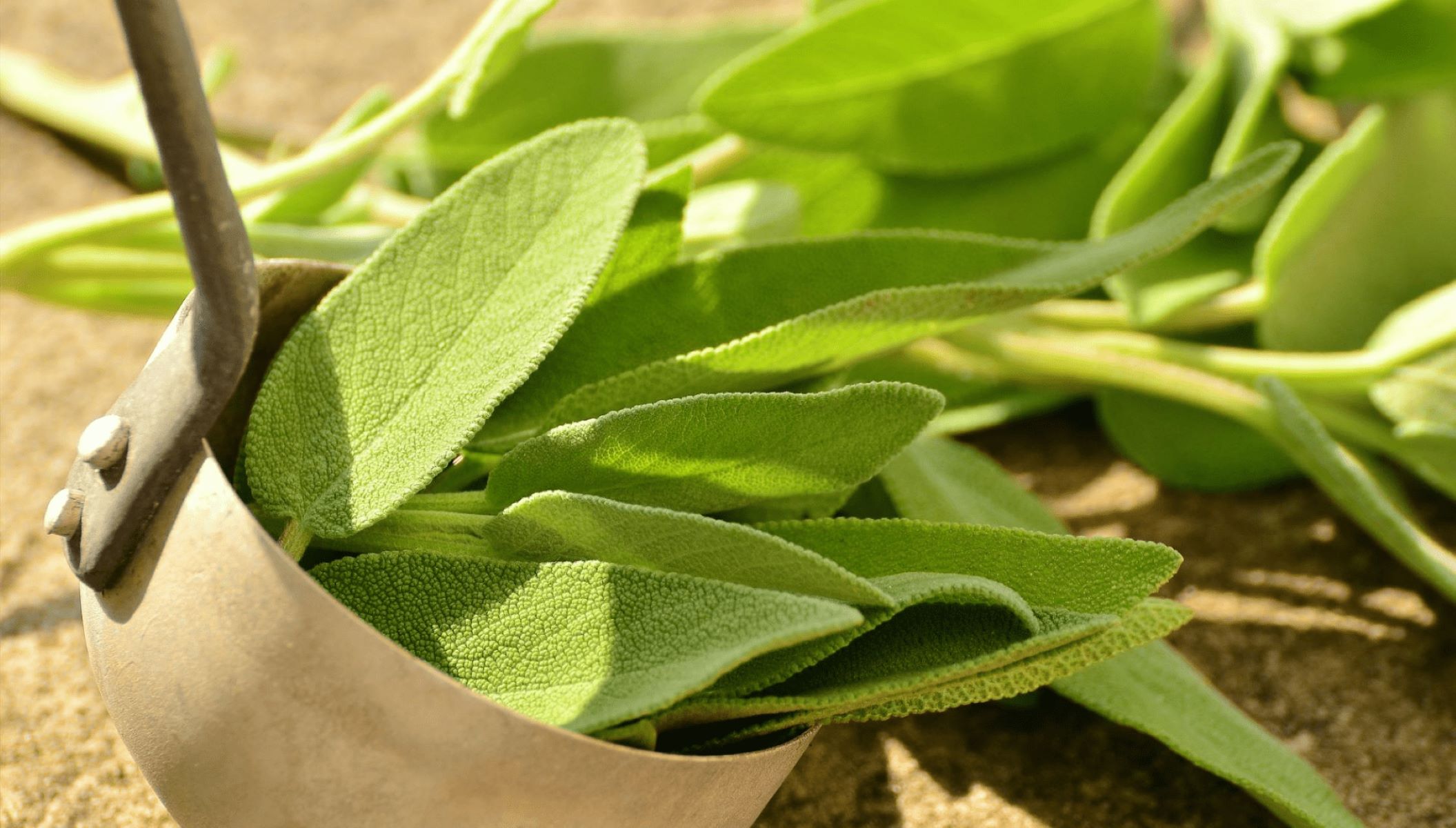
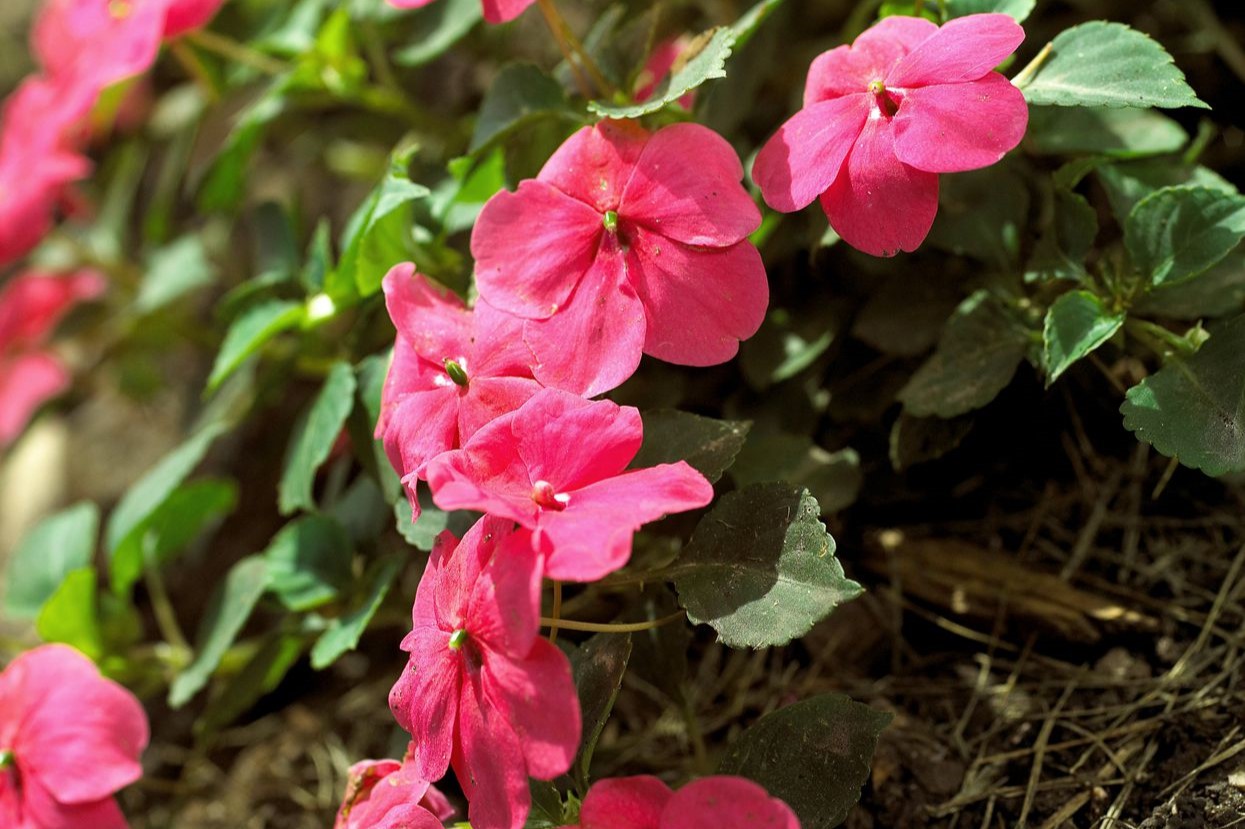

0 thoughts on “When To Plant Magnolia Seeds”